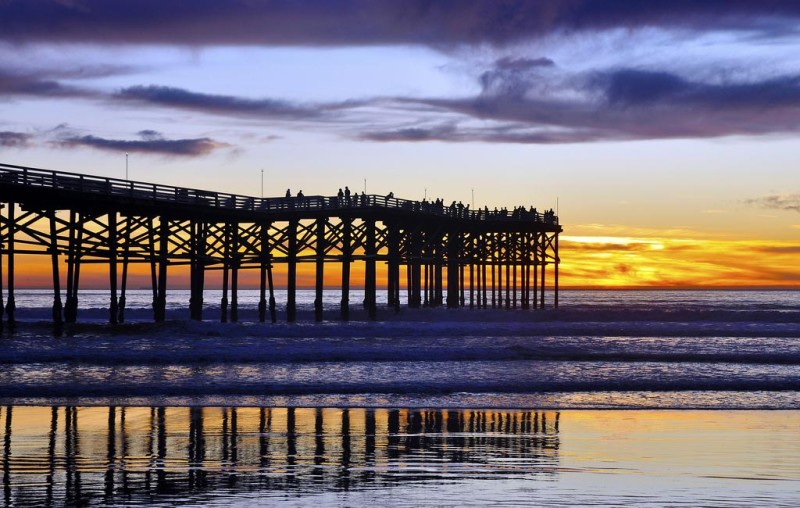

Note that few VHF marine radiotelephones contain the SAME feature. Unlike the 1050 Hz Warning Alarm Tone, the Event Codes listed in Table * (bottom of page) are always transmitted using SAME codes.

Specific Area Message Encoding (SAME) ALERTSĪ digital encoding system incorporating technology known as SAME allows receivers equipped with the SAME feature to automatically sound an alert for only certain weather conditions or within a limited geographic, area such as a county or a marine zone. This is done to avoid frequently alerting users ashore. In accordance with national policy, and at forecaster discretion, the 1050 Hz tone may not be transmitted for marine events. Therefore, NWS again recommends having a separate NWR receiver aboard to maintain a simultaneous watch on NWR and marine VHF channels. Many VHF marine radiotelephones incorporate this feature, however some require an active NWR channel and using a non-scanning mode for the highest level of effectiveness. Many (but not all) NWR receivers incorporate this feature. NWS transmits an automated 1050 Hz tone that automatically activates compatible NWR receivers when a severe weather situation exists anywhere in the transmitter's coverage area. If you hear words in a broadcast which you feel need to have the pronunciation adjusted, forward your comments to the appropriate NWS forecast office so they can attempt to improve the pronunciation. Information on Rules which require listening to your VHF marine radio are available courtesy of the USCG Maritime Telecommunications Information Webpage. Most VHF marine radiotelephones have the ability to receive NWR broadcasts however, NWS recommends having a separate NWR receiver aboard so mariners may maintain a simultaneous watch on NWR and marine VHF channels. EquipmentĬhannel numbers on some receivers, e.g., WX1, WX2, have no special significance.
#MISSION BEACH CALAIR BND HOW TO#
For information on how to establish a Marine-Only transmitter in your area, contact NWS. These transmitters are typically established as part of a cooperative effort between the local marine community and NWS. Several NWR transmitters are Marine-Only, broadcasting marine information on a more rapid cycle than possible with All-Hazard transmitters. Click on "Call Sign" to see the NWR broadcast footprint. (For more information, see NWR at USCG Sites in Alaska.) Locations of coastal NWR stations are listed in the Station Listing and Coverage page. These low power transmitters operate on standard NWR frequencies under joint licensing with the NWS. Coast Guard (USCG) established a network of low-power 5-watt NWR transmitters at USCG "high" sites from the Dixon Entrance to Bristol Bay, AK. To expand NWR coverage in Alaska, NWS and U.S. Typical coverage is 25 nautical miles offshore. The NWR network provides near continuous coverage for most coastal areas served by NWS offices. As you transit along the coastline, you will will need to reset your radio to continue receiving NWR broadcasts. Tp use NWR, you must program your radio to the right frequency. Based on user demand, where feasible, NWS also broadcasts Offshore and Open Lake forecasts. Coastal stations broadcast predicted tides and real time observations from buoys and coastal meteorological stations operated by the National Data Buoy Center. The NWR network continuously broadcasts local and nearshore coastal marine forecasts produced by loca l Weather Forecast Offices. Other channel numbering schemes are also possible. have no special significance but are often designated this way in consumer equipment. Note: Channel numbers, e.g., WX1, WX2, etc. NOAA Weather Radio (NWR) Frequencies Seven Frequencies in the VHF Public Service Band


 0 kommentar(er)
0 kommentar(er)
